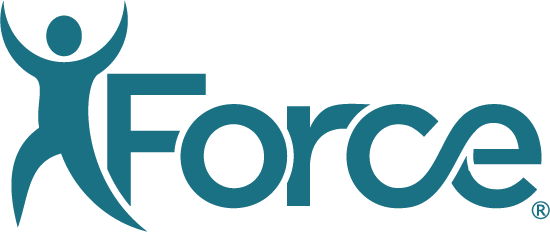
The AAHKS Annual Meeting looked quite different this year, with both a virtual and in-person option. Still, Force Therapeutics was honored to attend the event virtually, and credit AAHKS for an amazing experience that made us feel like we were there in person. The Orthopedic community came out in full Force (no pun intended) to provide insights and hyper-relevant research, and the Force Research Network celebrated 10 acceptances with our client partners.
Outpatient TJA:
Similar to last year, the shift to the outpatient setting was a primary focus of the conference. With about 8 months into CMS ruling to remove THAs from the inpatient only (IPO) list and to add TKA to the Ambulatory Surgery Centers (ASC) Covered Procedures List, providers are curious how this shift is affecting patient outcomes, and what can we further do to improve.
Dr. Michael Meneghini from [Enter org name] started the conversation leading a symposium “Outpatient Total Joint Arthroplasty: The New Reality – From Experience to Safety and Economics, A Practical Primer to Ensure Success.” The symposium stressed the importance of a multidisciplinary approach – a consistent theme highlighted throughout the conference – in addition to engaging patients in their care to achieve higher patient satisfaction and better outcomes in outpatient TJA. Business and legal aspects of the ambulatory surgery center models were discussed to better prepare physicians for the financial impact of this shift.
Pharmacological & Alternative Pain Control:
With the move to outpatient TJA and a much faster discharge, anesthesia protocols must adapt to give patients manageable pain while not in the hospital. Dr. William G. Hamilton out of the the Anderson Clinic led a symposium reviewing Anesthesia & Analgesia in Total Joint Arthroplasty Clinical Practice Guidelines, which was a collaboration of ideas between AAHKS,AAOS, ASRA, and Hip and Knee Societies. An emphasis on MMAP continued throughout the conference with various presentations, posters, and discussions. Force Research Network partner, Dr. Mark Hamilton, out of Northside Hospital quoted “If your pain is well managed, you are able to go home the same day” while presenting his and his colleagues’ multi-disciplinary team approach to same day discharge and MMA protocols (MMAP). Here are the full details of his MMAP poster presentation.
While we listen to providers iterate and optimize MMA protocols to decrease narcotic consumption and increase pain control, we continue to hear about the negative effects of narcotic medications on patient outcomes following TJA including one study that reported that preoperative narcotic use was a predictor in failed same-day discharge. One research study that got a lot of buzz was “Evaluating Success of Perioperative Self-Guide Meditation in Reducing Sleep Disturbance after TKA”, presented by Force Research Network partner Dr. Michael Canfield on behalf of the Connecticut Joint Replacement Institute. Patients enrolled in the study received a self-guided meditation video through the Force platform and those that watched a targeted self-guided meditation video gained on average 52 more minutes of sleep and had significantly less awakenings when compared to patients that did not watch the video. This study showed the efficacy of a non-pharmacological intervention with minimal side effects, and low costs of implementation.
Health Policy & Controlling the Cost:
Another focus of the conference was understanding impacts of health policy and controlling those costs for both patients and providers. There were three ideas discussed to control patient costs:
1. Decreasing surprise costs with in-network surgeons facing out-of-network facility charges with insurance and ASC contracts in this shift to Outpatient TJA.
2. Optimizing patients preoperatively to reduce postoperative complications.
3. Reducing additional charges out of surgery such as outpatient physical therapy in patients who do not need it.
Two posters by our Force Research Network partners, Dr. Charles DeCook et. al at Northside Hospital and Dr. Matthew Heinrich et al. at Muve Health, studied their patient populations and found patients had cost savings with no significant differences in clinical and patient reported outcomes following TKA and THA respectively.
Unfortunately for providers, a key takeaway was that despite savings in facility costs, surgeon reimbursement has continued to decrease over time. This is something that AAHKS, AAOS, and various state organizations and providers are continuing to fight with evidence-based data.
We thank AAHKS for providing the platform to share the Force Research Network’s findings with the orthopedic community, and look forward to seeing how this innovative research shapes the future of orthopedic care.



